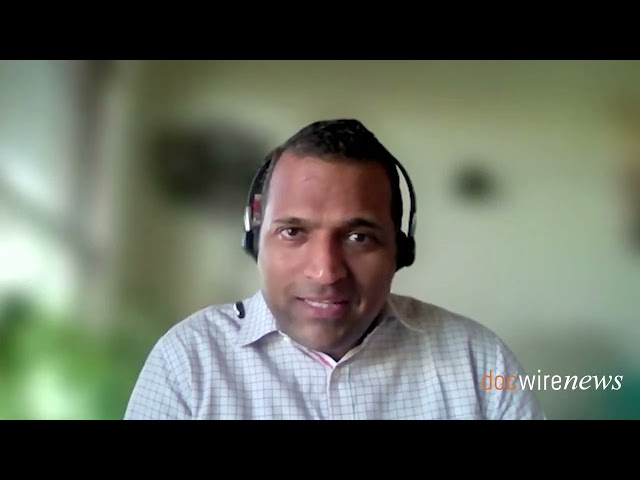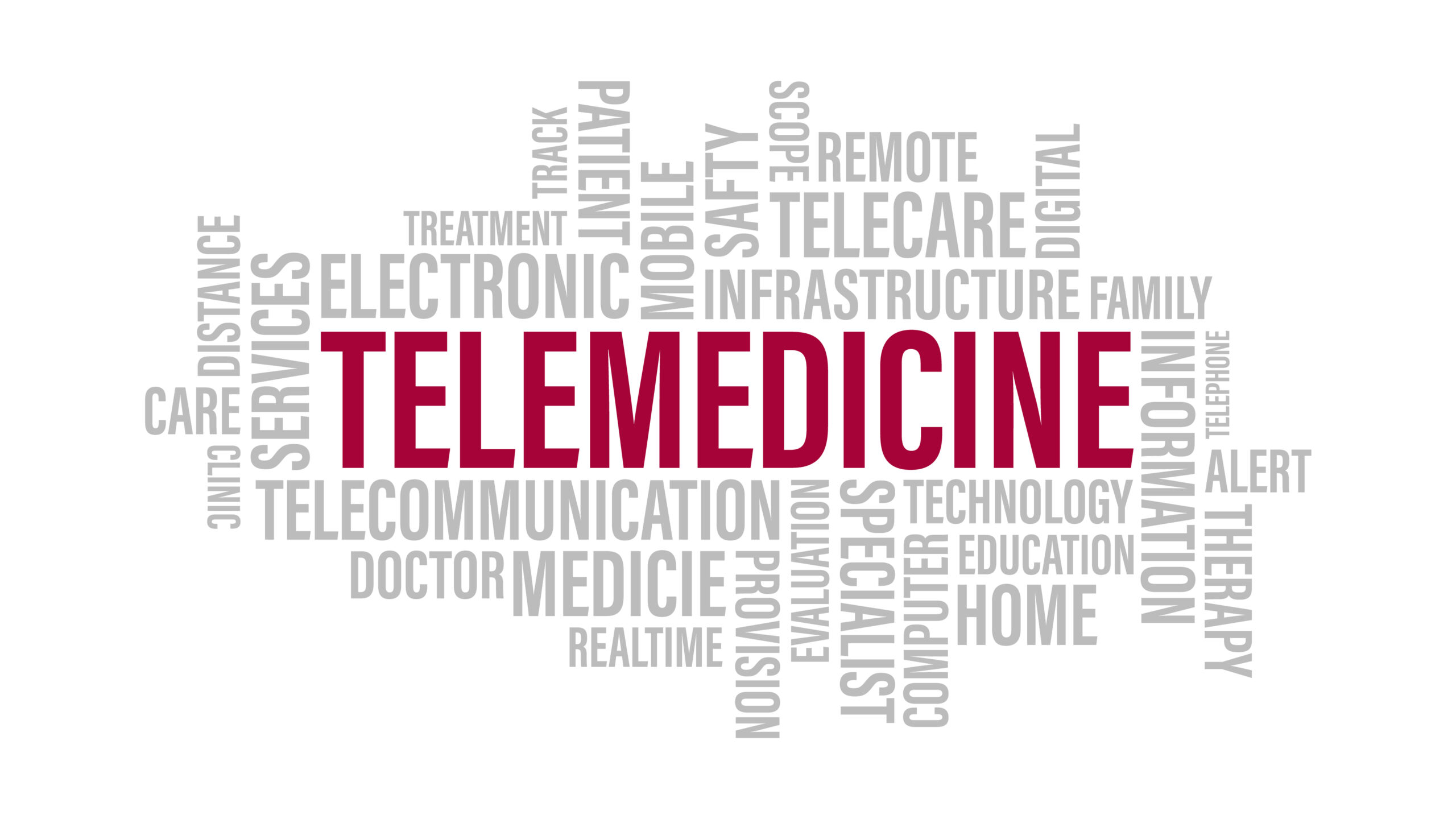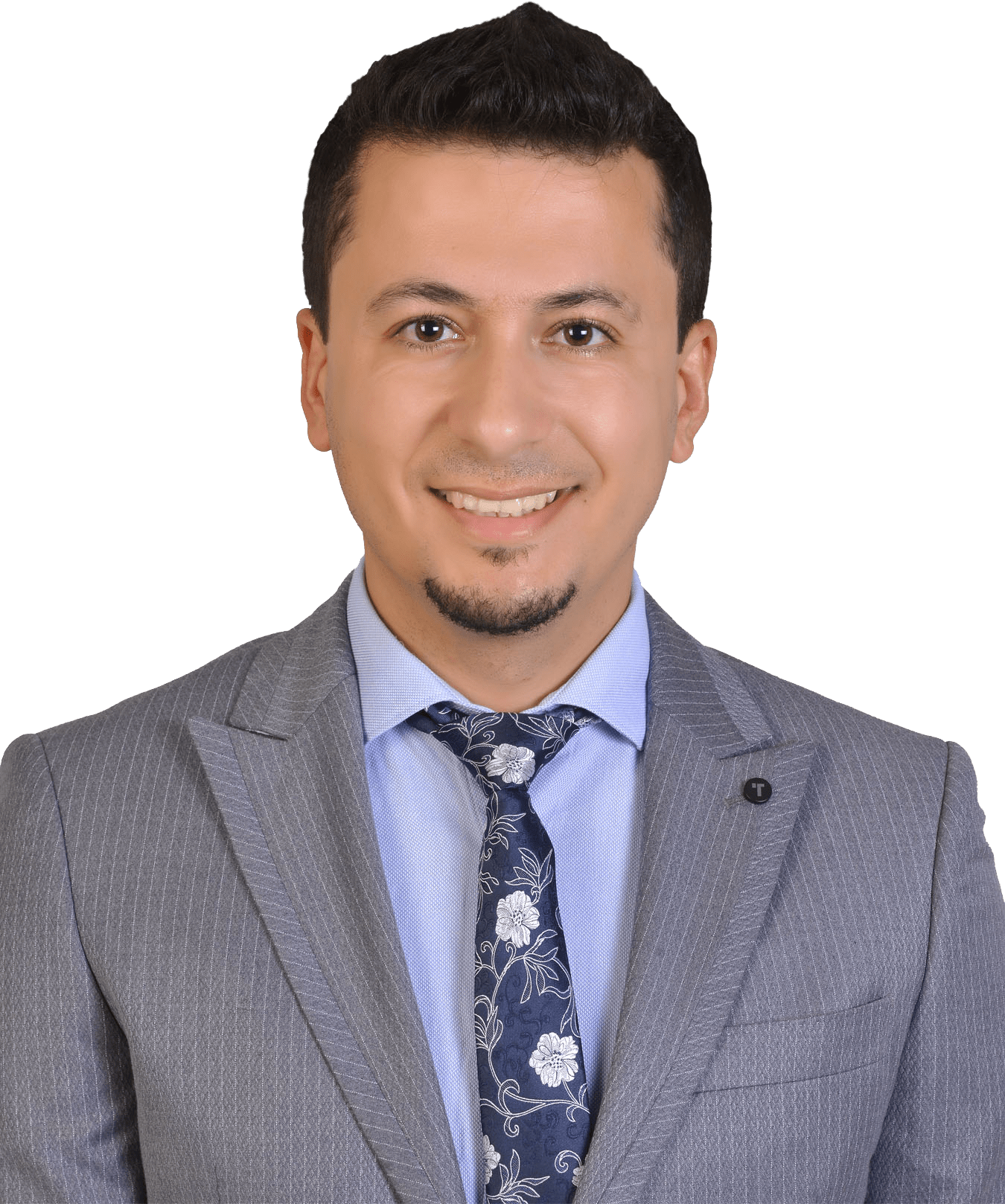
An increasingly powerful aspect of telemedicine is remote patient monitoring (RPM) – the use of portable, high-tech devices to track and relay data to your health care providers on such metrics as glucose levels, heart rate, blood pressure, and blood oxygen levels. As this technology continues to evolve, what’s on the horizon? And how will RPM affect the lives of physicians and patients alike?
The History of RPM
Less than 200 years ago, patients who fell ill were ordinarily treated in their own homes, often by an individual who did hold the title of trained physician – they were often family members, midwives, or neighbors. In this era, surgery was more likely to be performed in one’s kitchen than in a hospital. Medical advancements and increased knowledge have made it necessary (in many cases) for patients to remain at the hospital to undergo monitoring.
RPM as we know it today probably began in the 1800’s when two physicians consulted over telephone. In the late 1940’s the technology progressed and one doctor sent X-ray images over telephone wires to another doctor in Pennsylvania. RPM further advanced in the in late 1950’s when neurological exams began being electronically transmitted for physician consultation, and by 1960, psychiatric consultations started being transferred by closed-circuit television.
The technology reached a new height in May 1961, when remote space monitoring began. That year, astronaut Alan Shepard became the first American in space when he flew the Freedom 7. Although primitive, Shepard was tracked with a remote electrocardiogram (EKG), as well as respiratory sensor and thermometer. However, at that time his physicians relied primarily on his preflight exams, voice, and self-evaluations for assessment. Shepard was provided with a blood pressure monitoring system, but he failed to use it on his first mission and the machine was incorrectly calibrated on his second mission. The machine worked perfectly on the final two missions.
In the late 60’s, physicians began transmitting EKGs through telephone wires, and by the 1970’s a remote monitoring system was constructed to oversee healthcare at a Native American reservation in Arizona. Unfortunately, the system experienced a litany of problems before being shuttered in 1977. However, NASA used the data from the program to enhance their technology. Throughout the 80’s, transmitting X-ray images had become common practice, but the field really shifted in the 1990’s in unison with the emergence of the internet, which made old-school telemedicine largely antiquated.
Fast forward to present day, and RPM is now more than just telecommunicated consultations and sending MRI scans for analysis. Now, patients can remain in the comfort of their own homes and receive optimal health care with the configurable remote patient monitoring systems.
Through remote patient monitoring, these devices allow data to be delivered on a continual basis straight to a medical team, who are automatically alerted when there is a change that requires intervention – such as a pacemaker adjustment, or a medication modification.
RPM also enables providers to better track healthcare data for a patient once discharged, which in turn attenuates admission rates. Monitoring programs can collate a wide range of data such as vital signs, blood pressure, blood oxygen, blood sugar, heart rate, and electrocardiograms.
Unlike other telehealth delivery methods, RPM services do not require interactive video communicate nor is it restricted to a certain area. All RPM requires is a mode of technology that aggregates and interprets physiological patient data.
“RPM is a subset of telehealth that facilitates patient monitoring as well as the timely transfer of patient-generated data from patient to care team and back to the patient,” according to the American Heart Association (AHA). “To capture data, RPM can employ a host of wired or wireless peripheral measurement devices such as implantables, biosensors, blood pressure cuffs, glucometers, and pulse oximetry, as well as sensors that collect data passively (e.g., beacons in a home that can transmit data on movement and specific activity/inactivity) and they are most often used in a post-discharge setting or between routine office visits. Some RPM may also allow for real-time video interactions between the patient and provider.”
Physicians harness the power of RPM by monitoring such health conditions as:
- Diabetes
- Heart disease
- Dementia
- Substance abuse
- Infertility
- Weight gain/loss
There currently exists RPM devices that can help with all these issues – by monitoring vital signs, alerting healthcare professionals of any problems and by empowering patients to monitor themselves.
RPM for Cardiovascular Health
RPM is especially beneficial with respect to maintaining heart health and has the potential to mitigate the burden of cardiovascular disease.
In 2015, Kaiser Permanente reported that more than 50% of its 110 million patient interactions were e-visits – these visits occurred via smartphones, kiosks, videoconferencing, and other state-of-the-art modalities. Cardiologists are now using some of these high-tech tools to better monitor patients with chronic heart conditions. For example, patients with congestive heart failure who incur a risk of dangerous fluid retention can now be evaluated for sudden weight gain with electronic scales that use Bluetooth technology to rapidly record their results rather than having to a make an in-person visit. Other RPM devices continuously chart the heart’s electrical activity whether patients are sleeping, working, or exercising – thus providing a more comprehensive picture compared to one-time results of an ECG administered in the doctor’s office.
Implantable cardioverter-defibrillator(ICDs) and pacemakers can also be monitored from afar using RPM. Patients can go about their habitual routines until something goes wrong, at which point doctors are pinged by email notifications and can act immediately. Research shows that this form of monitoring is more effective than traditional doctor’s visits.
RPM can also serve as a viable option to treat stroke patients. In 2016, Kaiser reported that a 75% increase in the timely use of a lifesaving clot-dissolving drug thanks to a new telestroke program. The system allows smaller hospitals that don’t have their own stroke specialists to consult with specialists at larger hospitals, which yields significantly improved treatment outcomes.
Research has shown RPM can reduce systolic blood pressure (SBP) and diastolic blood pressure (DBP) significantly compared to usual care and self-monitoring alone,” the AHA noted that: “When compared directly to usual care, RPM on the average reduced SBP and DBP. In three-way comparisons, though self-monitoring alone may have a positive impact on blood pressure control compared to usual care, the inclusion of RPM can have a more substantive impact on SBP and DBP than does self-monitoring.”
AHA added that: “Additional studies have shown that RPM’s positive impact on SBP can increase if the intervention is long-term, and if the intervention includes multiple behavior change techniques.”
Also, RPM has the potential to enhance outcomes of atrial fibrillation (AFib), which is estimated to affect up to 7.1 million people in the US by 2035. Recent guidelines strongly recommend the use of RPM for both stroke and non-stroke patients.
RPM for Diabetes
Diabetic patients also benefit from RPM technology. A recent program, conducted by Southern California Permanente Medical Group, provide patients with Bluetooth-enabled glucose meters that make it easier, regardless of location, to prick their finger and have the readings automatically synced to their mobile phone, and subsequently transferred to an electronic medical record. Instead of waiting for an office visit to find out if a patient’s glucose level is dangerously high, doctors can now react immediately. As noted by Mid-Atlantic Permanente Medical Group, “This is especially valuable for patients who would otherwise fall through the cracks because they can’t afford to miss work or pay for childcare or transportation, or those who are too sick or disabled to get around easily.”
The Technology that Makes RPM Possible
RPM has evolved to a point where now patients can acquire a blood pressure cuff to use at home, then wirelessly connect it to an app on their phone that provides a reading then transmits it to the patient’s physician for analysis. Sophisticated cloud-sharing platforms also play an integral role in RPM. Some of these platforms enable a provider to offer an RPM program for patients because it provides support for integrating numerous devices and allows healthcare professionals to manage patient data. Also, dedicated patient portals allow patients to take more control of their health by both accessing and uploading their health information and images.
The Latest Advancements
EpxCOPD
To address the issue of managing patients’ chronic pulmonary disease (COPD), particularly among high-risk population, Epharmix developed EpxCOPD, which tracks patients’ daily breathing to mitigate preventable hospitalizations. This tool functions in two ways: it sends condition-related phone calls and text messages directly to a patient’s phone and collects and risk-assesses patient-reported symptoms, which it then categorizes and sends to a clinician.
“Both patients and clinicians found that Epharmix’s EpxCOPD made a difference in patient care,” according to an article. “In fact, the tool helped prevent 1 hospitalization for every 9 patients using the tool. The study saw a 62 percent relevant reduction and 12 percent absolute reduction in the risk of a hospitalization related to COPD. EpxCOPD’s active monitoring and use of non-smartphone interventions creates a more accessible and thorough tool for COPD management that can help patients avoid hospitalization and help clinicians better care for their patients.”
FORA® GTel
Designed to help managing diabetes, FORA GTel offers blood glucose and blood ketone cellular monitoring, built-in trend analysis, a two-way messaging function along with a talking function that comes equipped with audible results in three different languages (English, Spanish, French). It also has the capacity to store over 1,000 test results and includes a service request option to press in case of emergencies.
HomeAssure
Built in collaboration between AT&T and Anelto Health, HomeAssure, was designed specifically for managing chronic and transitional conditions for older adults. The two-way cellular hub pairs with both vital sign monitors and activity trackers. Moreover, it comes equipped with built-in alters, patient reactivity questionnaires and 24-hour technical support.
ResMed myAir
Constructed to facilitate better and safer sleep outcomes for patients with obstructive sleep apnea (OSA), the myAir App, designed by ResMed, is alone support program that automatically tracks continuous positive airway pressure (CPAP) machine and provides key metrics.
In addition to personalized data analysis, myAir also provides:
- A myAir score showing a daily snapshot of your therapy
- Detailed metrics and report to help track your therapy progress
- Automated, personalized coaching and support
- Videos, tips and how-to-instructions to answer common questions
- Encouragement to help you stay engaged and build confidence
Adding Mobile-Enable RPM
More and more physicians are now leveraging mobile-enabled remote patient monitoring (mRPM), a technology hailed as both more efficient and cost-effective compared to standard telephonic RPM. mRPM uses notifications to prompt patients to enter important data and provides nearly immediate clinical and financial value to large group and solo practices alike with little need for an additional care staff.
Physicians who aren’t participating in the chronic care management (CCM) program may have been reluctant to implement telemedicine due to its extensive requirements and perceived need. However, mRPM allays many doctor’s apprehensions by serving as automated scheduler that uses push notifications to prompt patients to enter requested biometric, objective and subjective data. Patients can then respond at a time and place convenient for them.
Once the data has been transferred received, a physician can seamlessly access and analyze the information before deciding whether the results warrant a face-to-face visit or phone conversation. With a dashboard for the physician practice and a patient-friendly mobile app for check-ins between appointments, mRPM can greatly enhance communication between providers and patients. In addition, patients become more aware and engaged in their own care without overburdening care teams.
Patient-reported data shared in this way is surrounded in context at a pre-determined frequency appropriate for each patient’s clinical condition/s and care plan. This process is much more efficient and relevant than receiving a flood of non-actionable biometric data multiple times a day, or whenever the patient decides to share it with the doctor—which could be not frequently enough, or too frequently.
Moreover, mRPM doesn’t require the patient to acquire or learn a new device or specialized equipment because smartphones and mobile devices are already so widely used. While the primary goals of a mRPM plan is centered on increased revenue, an
Improving patient adherence to a care plan through gentle reminders is based on the “Nudge Theory”, that contends that indirect suggestions and positive reinforcement can influence people’s actions. Based on this theory, physicians and organizations should strive to make it easier for patients to create and follow new healthy habits.
While relevant patient-reported data capture and revenue enhancement are the primary goals of an mRPM program, an ancillary benefit of this system is that it yields enhanced patient engagement. A simple reminder, or “nudge” promotes health behaviors that can elicit a desired response from patients that exceeds the desired response health providers anticipate. Overall, mRPM technology stands to make makes virtual care more efficient and cost-effective.
The Benefits of RPM
There’s a plethora of advantages of implementing remote patient monitoring system, they include:
- Convenience and lowering healthcare costs
- Preventing hospitalization and enabling doctors to better manage their time.
- Increase patient follow-through.
Providers using RPM-enabled home healthcare and other telehealth delivery methods are already reducing hospital readmission penalties. A study conducted by The University of Pittsburgh Medical Center showed that RPM reduced the risk of hospital readmissions by 76%. Moreover, the the researchers observed that the technology and held patient satisfaction scores over 90%.
Many older adults are driving positive ROI from RPM technology and home-based care, due in large part to this group’s high incidence of chronic diseases. A previous KLAS Research report that surveying 25 healthcare organizations found 38% of healthcare organizations running RPM programs focused on chronic disease reported reduced admissions, and 17% cited cost reductions.
The Future
With such advantages, it’s easy to see why RPM is burgeoning. In 2018, Congress passed a federal budget that appreciably expanded Medicare coverage for telemedicine, including RPM. As a result of these kinds of changes, RPM devices are becoming more portable, reliable, and affordable while electronic visits are becoming more commonplace.
According to the findings of a study conducted last year by the Consumer Technology Association (CTA), 68% of physician strongly intend to use RPM. In this study, researchers surveyed 2,005 U.S. adults about their use of RPM technologies along with 200 healthcare providers. They also queried reimbursement stakeholders such as policymakers and health insurance companies.
The results of the study showed the biggest benefits of using RPM to manage health included: improved patient outcomes, (49%), improved compliance rates (44%), and patients taking increased ownership over their health (42%). The researchers observed that among patients, the top three benefits were detailed information on personalized care (43%), faster access to health care services (42%), and more influence over their own well-being (37%). Moreover, the survey results revealed that over half (52%) of consumers reported they would use an RPM device as part of their treatment if a doctor made the recommendation.
The next trend in RPM technology is miniaturization, a process whereby device makers are making their solutions smaller and less invasive while partnering with new companies expand their market share and grow the technology. As RPM continues to advance, it stands to have have a positive effect of the patients on both patients and the health care providers treating them.






 © 2025 Mashup Media, LLC, a Formedics Property. All Rights Reserved.
© 2025 Mashup Media, LLC, a Formedics Property. All Rights Reserved.